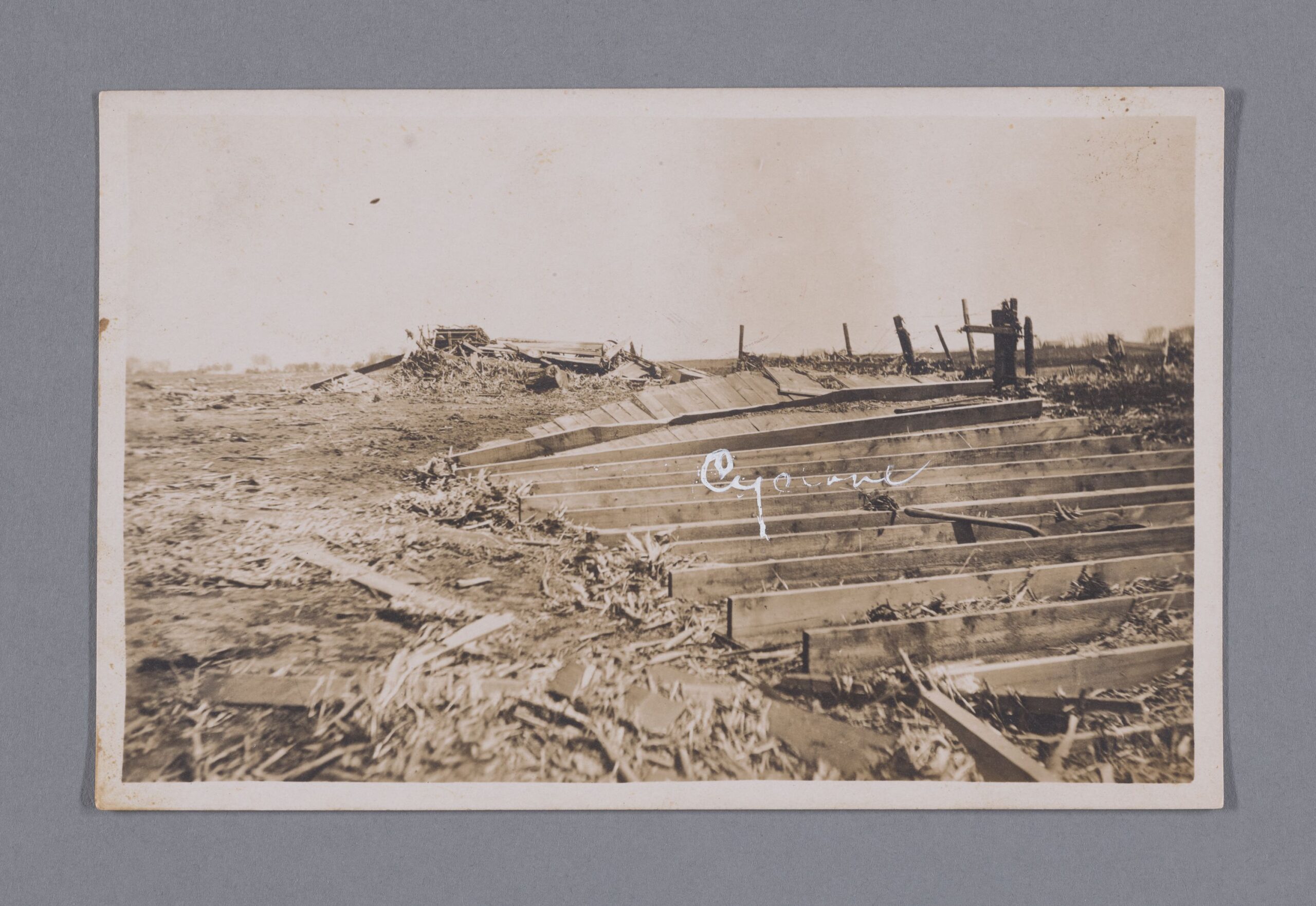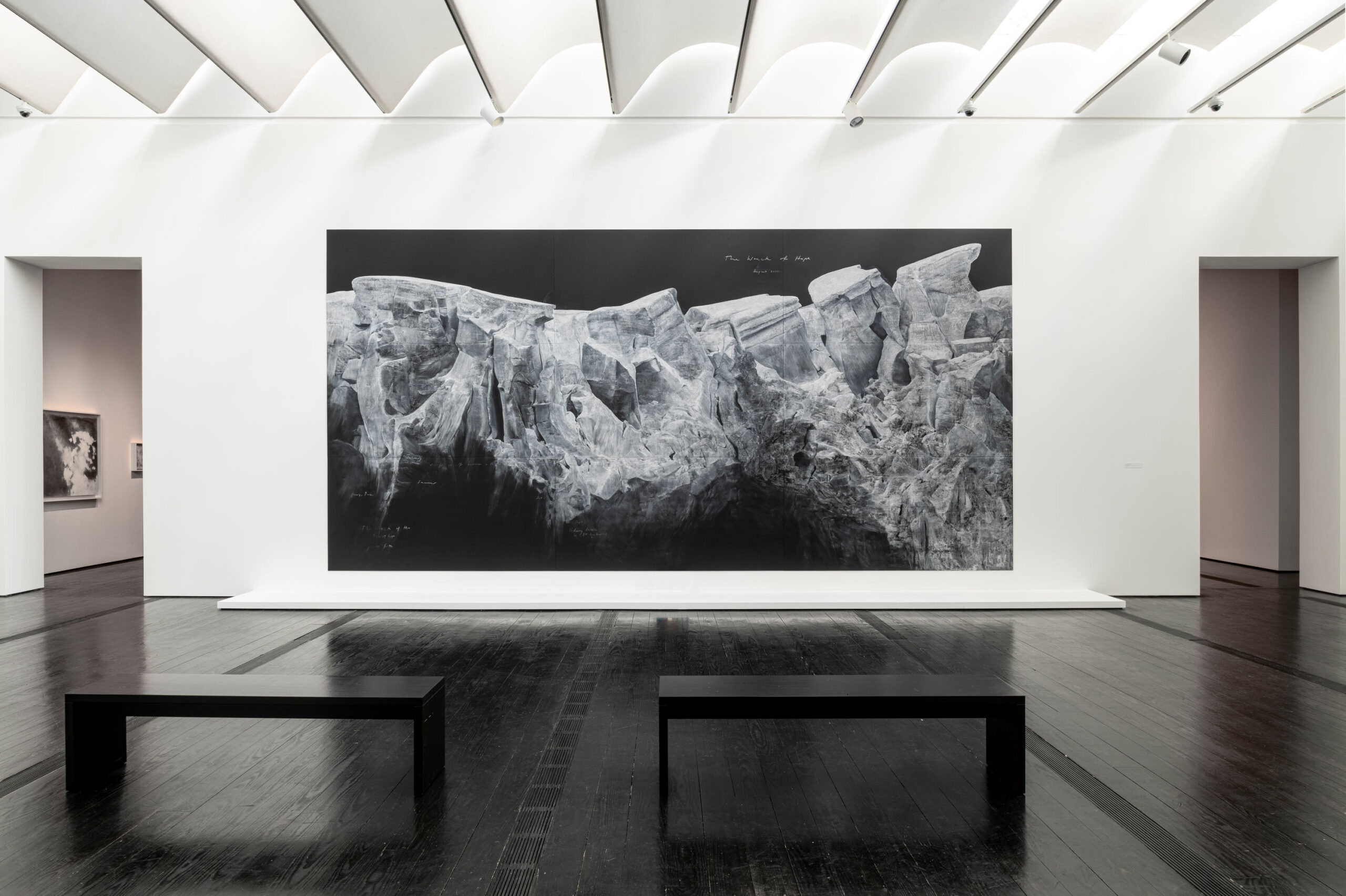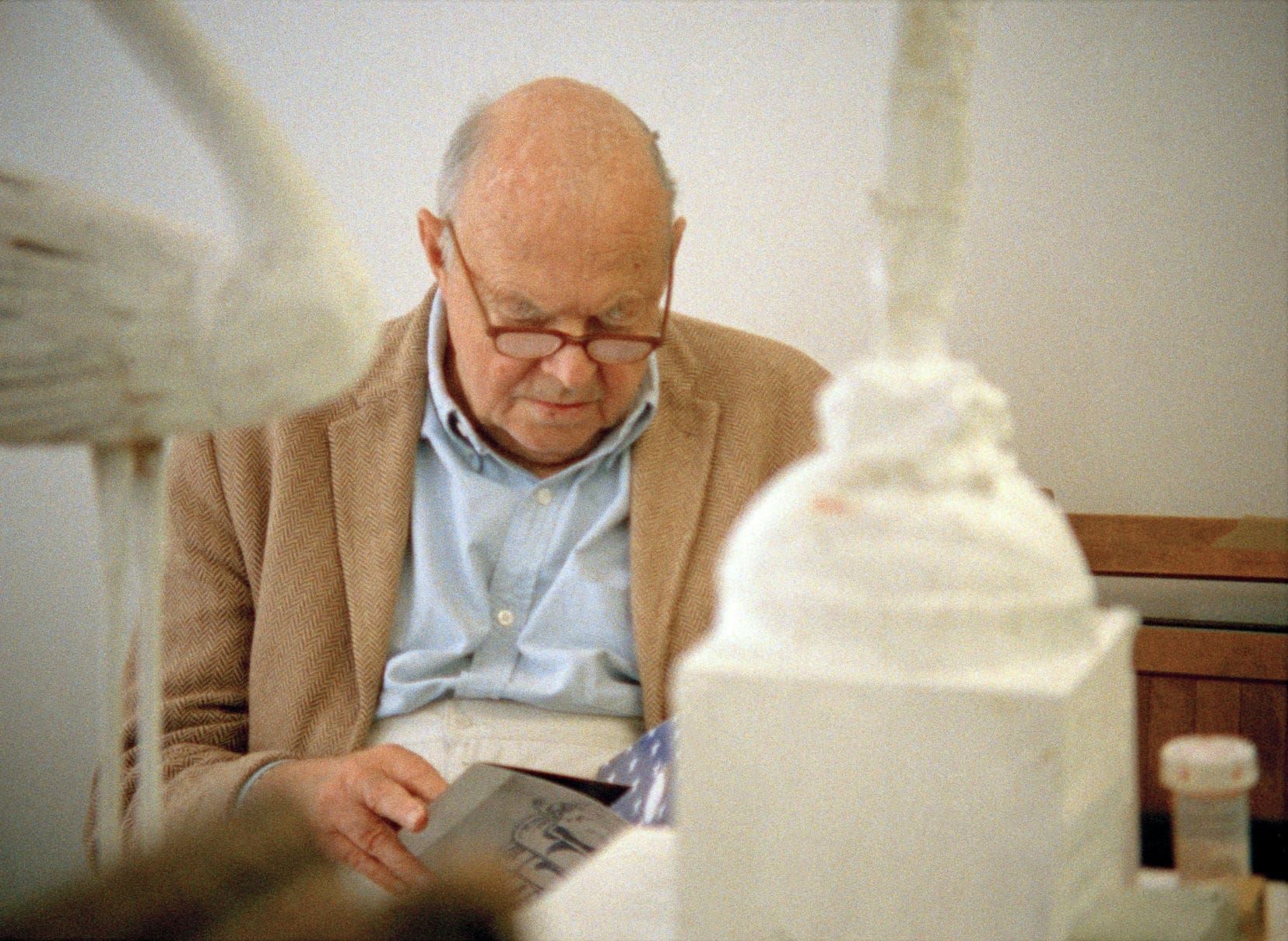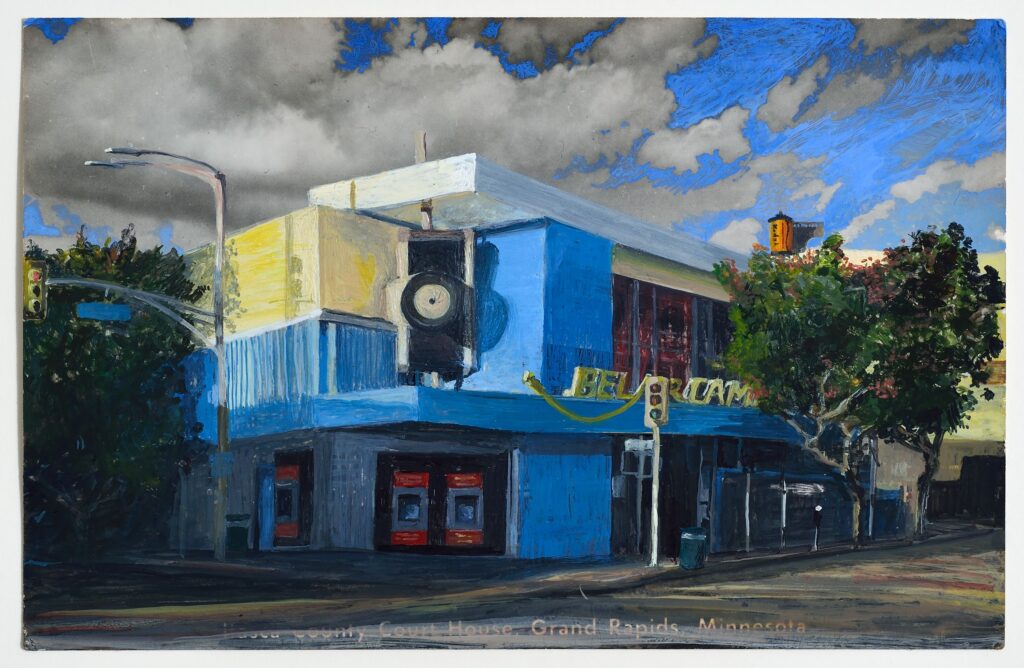Tacita Dean Fixates So You Don’t Have To — “Blind Folly” at The Menil Turns Film Into Religion and Twombly Into a God
British Artist's First U.S. Show is a Houston Masterclass in Devotion
BY Ericka Schiche // 04.09.25Tacita Dean's "Bel Air Camera" (2016) at The Menil Collection. (© Tacita Dean, photo by Alex Yudzon)
Tacita Dean isn’t just a filmmaker. She’s a force who stirs up the ongoing clash between analog and digital mediums. Often referencing this tension in her complex body of work, Dean has positioned herself as a passionate preservationist of celluloid film, advocating for a “return to the analog.”
“I think what we are losing with the digital world is verisimilitude,” Dean says. As part of a dying breed of filmmakers that champions the analog medium of film stock, she remains dedicated to original cinema.
While film is a central part of her artistic practice, it’s just one aspect of her diverse oeuvre, which also includes photographs, printmaking, monumental blackboard drawings and collages. Although she’s from England and connected to the Young British Artists movement, Dean’s art stands apart, carving out a unique, hermetic world that challenges conventional boundaries.
The Menil’s “Tacita Dean: Blind Folly” exhibition, which is showing through April 19, introduces viewers to Dean’s perspectives on history, mythology, folly and chance. Curated by Michelle White, the show spans three decades and various mediums.

The title “Blind Folly” refers to a metaphorical blindness that occurs when one lets fate determine the outcome of a work.
“I’m a dilettante when it comes to objective chance,” says Dean, highlighting her openness to the randomness that can shape her work.
While Dean maintains studios in both Berlin and Los Angeles, this is the first major museum survey of Dean’s work in the United States. White, who serves as senior curator at The Menil, spent seven years assembling the show.
“Every exhibition comes from lots of conversations with the artist to decide not only what we will include, but how we’ll frame the show,” White says. “We were also aware that since it’s her first show in the U.S., audiences weren’t familiar with her art. So we aimed to highlight key themes that have been central to her practice.”
A Houston Connection
The “Blind Folly” exhibition showcases works created during Dean’s time in Houston in 2024. Her trip was a pivotal moment in her journey through the world of Cy Twombly, who has inspired her for decades. In fact, Dean even wrote her art school thesis on the late painter and sculptor.
White’s book Blind Folly or How Tacita Dean Draws (2024) documents Dean’s exhibition, artistic practice and time in Houston. One of the stories recounts the May 2024 derecho storm that struck the August Antiques store in The Heights. Dean had discovered a vintage postcard documenting the aftermath of a cyclone at the store, which became Found Cy, Houston (2024).
“The greatest story from this show is the one about the Found Cy, Houston postcard,” White says. “Dean created a new work from that photo. Later, she also made another postcard featuring the trees that fell on the shop.”
Although the derecho postcard is not included in the exhibition, it complements Found Cy, Houston, which is on view at The Menil.

During her February 2024 stay, Dean spent the night alone in The Menil’s Cy Twombly Gallery. This unusual experience led to the creation of her book Why Cy, published in early 2025.
“We locked her in at 8 at night and picked her up at 8 the next morning,” White recalls. “She didn’t really sleep — just spent the time thinking and writing.”
Monumental Blackboard Drawings
Dean is known for creating awe-inspiring blackboard drawings on a colossal scale. Three of these appear in the “Blind Folly” exhibition. One of the drawings, Wreck of Hope (2022), features a chalk-written inscription of the first names of Dean’s Los Angeles-based friends Kevin Swanson and Suzanne Felsen near the bottom of the piece.
“It’s a bit anecdotal,” White says. “They brought her dinner while she was making Wreck of Hope, so their names are embedded in the composition as a mark of the moment.”
Another significant blackboard drawing, The Montafon Letter (2017), takes inspiration from a 17th-century account of avalanches in Austria’s Montafon valley. A priest who officiated over the casualties of the first avalanche was buried by a second, only to be miraculously unearthed by a third.

Film as a Window Into the Private Lives of Artists
Dean’s relationship with film has been central to her artistic practice. At The Menil, a separate gallery features four of her short films. These works take viewers into the private worlds of the artists Dean admires, including Cy Twombly and Claes Oldenburg.
Edwin Parker (2011), titled after Twombly’s given name, offers a rare look at Twombly in his studio. Wearing a brown herringbone jacket, Twombly sits to the right of a gilded frame, placing a painting into it. He reads a newspaper and a William Butler Yeats book. While dining at a local restaurant in his Virginia hometown, Twombly orders a turkey sandwich and sips iced tea. Shot just nine months before Twombly’s death, the film reveals quiet moments of reflection and creation.

Another film, Claes Oldenburg Draws Blueberry Pie (2023), shows the American Pop artist drawing blueberry pie à la mode, a recurring theme throughout his work. The film connects Oldenburg’s early The Store (1961) installation to his later pie sculptures and drawings made with his wife, Coosje van Bruggen.
The Green Ray (2001) captures a rare optical phenomenon of the horizon line turning green off the Western coast of Madagascar.
Some of Dean’s interest in large-scale works can be traced to her fascination with Robert Smithson’s iconic Land Art piece Spiral Jetty (1970). She shares a mutual admiration for Smithson with British post-apocalyptic sci-fi writer J.G. Ballard. The two corresponded, and Dean created the movie JG (2013). It intertwines Smithson’s work with Ballard’s 1976 short story “The Voices of Time.” While this film isn’t a part of “Blind Folly,” it exemplifies the themes of time and transformation that run through much of her practice.
Continuing a Legacy of Women Artists at The Menil
“Tacita Dean: Blind Folly” joins a growing number of solo exhibitions by women artists at The Menil, including those of Lee Bontecou and Niki de Saint Phalle, both curated by White.
“It’s an initiative that I care deeply about,” White notes. “These artists are understudied. Exhibitions are such an important way to bring attention to them.”
With this exhibition, Dean steps into a legacy of women artists who have pushed boundaries and reshaped the art world.
“Tacita Dean: Blind Folly” is on view at The Menil Collection through next Saturday, April 19. For more information, go here.
Just in: “Tacita Dean: Blind Folly” will travel this fall to the Columbus Museum of Art in Ohio after its run at The Menil.















































_md.jpeg)

_md.jpeg)

_md.jpeg)





_md.jpeg)



